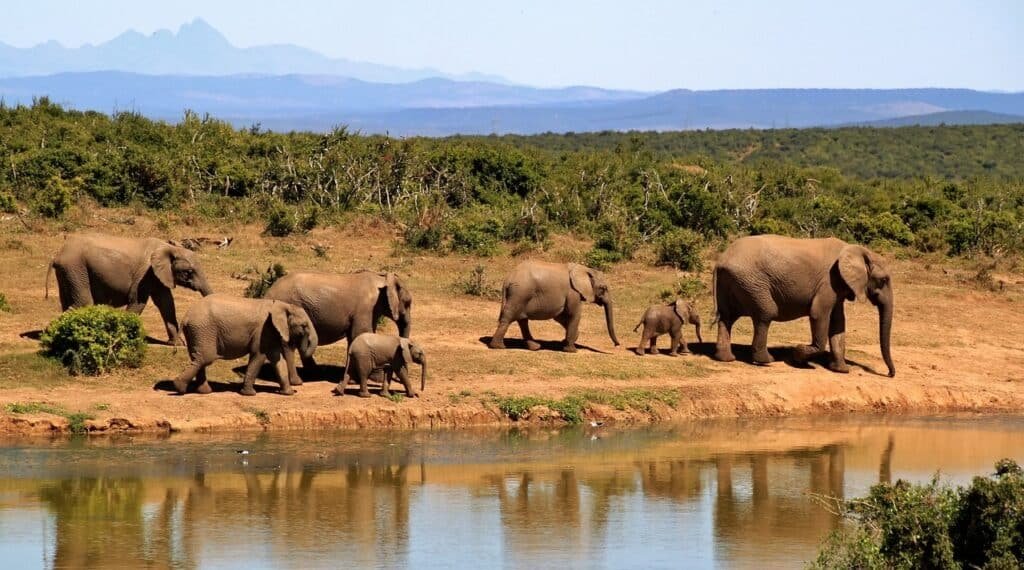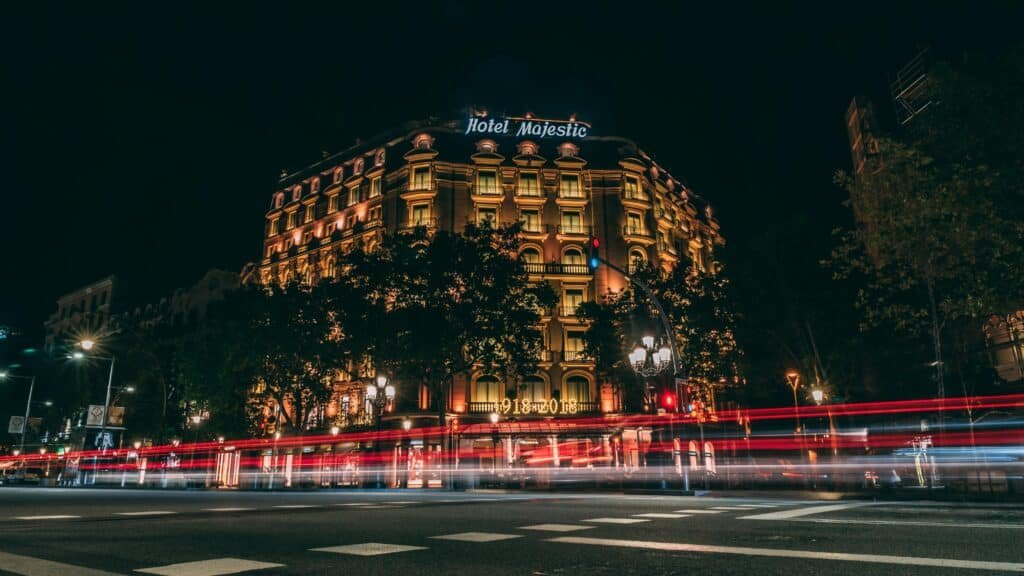Clayton County International Park: Family Fun at Lake Spivey
Explore Clayton County International Park: water fun, trails, picnics & family adventures near Lake Spivey. Plan your visit with tips, gear & reviews. Clayton County International Park Guide with Activities and Essentials Visiting Clayton County International Park is like finding a hidden gem just south of Atlanta. This family-friendly park near Lake Spivey is packed with exciting activities, beautiful scenery, and a bit of surprising history. Whether you’re looking to splash around, explore nature, or enjoy a relaxing picnic, this park has something for everyone. In this guide, we’ll dive into all the fun things to do here and share tips to make your visit awesome. Get ready for a day of adventure and memory-making at one of Georgia’s coolest parks! Direction From Atlanta Airport Driving Directions (Approx. 20–25 minutes | 15 miles) Address for GPS Clayton County International Park2300 Hwy 138 SE, Jonesboro, GA 30236 About Clayton County International Park Clayton County International Park, located in Jonesboro, Georgia, has a unique backstory. It was originally built for the 1996 Olympic beach volleyball games. Later on, the park’s beach was even used as the Cornucopia arena in “The Hunger Games: Catching Fire”! Today, the Olympic crowds are gone, and the movie crews have left, but the park has transformed into a year-round oasis for local families and visitors. Despite its grand name, the park is basically a big, beautiful county park with lakes, playgrounds, trails, and a water park. Many people also call it “Lake Spivey Park” because it sits by Lake Spivey (a private lake). With hundreds of acres to explore, there’s plenty of room to roam and play. Now, let’s look at all the great things you can do here! Things to Do at Clayton County International Park Wondering about the things to do in Clayton County International Park? There are plenty of activities for all ages. Here are some of the park’s main attractions you won’t want to miss: Spivey Splash Water Park The park’s Spivey Splash Water Park features colorful twisting slides and pools that delight visitors of all ages. Families flock here on hot summer days to cool off and enjoy the water attractions. With everything from a lazy river to splash pads, there’s aquatic fun for everyone. One of the biggest highlights is the lazy river – in fact, it’s the largest lazy river in Georgia. You can float gently along the winding waterway on an inner tube and relax under the sun. The water park also has tall twisting slides for thrill-seekers, a FlowRider surf simulator, and a shallow kids’ pool and splash pad perfect for little ones. Lifeguards are on duty, and there are lounge chairs and umbrellas for shade around the pools. Keep in mind, there’s an admission fee (around $15 per person) to enter Spivey Splash, and it’s typically open during the warmer months. If you plan to enjoy the water park, remember to pack sunscreen and maybe a waterproof case for your phone. The JOTO Universal Waterproof Phone Pouch is a handy accessory that keeps your smartphone dry and safe while you float or zip down slides. It’s clear enough to even snap some photos in the lazy river, so you can capture those fun moments without worry about splashes! Hiking and Biking Trails If you’re looking to stay dry and enjoy nature, the park offers walking and biking trails that wind through the woods and around the lakes. These paths are mostly flat and family-friendly – great for a casual stroll, a bike ride, or even a morning jog. Along the way, you might spot wildlife like ducks or turtles near the water. The paved paths make it easy for kids on scooters or bikes, and there are also a few dirt trails for a short hike under shady trees. It’s a refreshing way to soak up the outdoors. You’ll find benches and picnic spots where you can take a break. Consider bringing a picnic lunch to enjoy by the lake. The park has a large group picnic area and pavilions you can rent, or you can simply lay out a blanket under the trees. A waterproof Scuddles Extra Large Picnic Blanket is perfect for this – it’s big enough for the whole family and has a water-resistant backing to keep everyone dry on the grass. Relaxing on a comfy picnic blanket by the lake while the kids play nearby is a perfect way to spend an afternoon at the park. Playgrounds and Sports For those who love to be active, the park has you covered. Kids will adore the playgrounds – there’s an outdoor playground with swings and slides, and even an indoor play area for rainy days. Sports enthusiasts can hit the courts at the 17-court tennis center. There are also large open fields where you can toss a frisbee. It’s a great idea to bring along a fun game to play on the grass. One popular choice is the Spikeball game set, a super-fun 2-on-2 bouncing ball game that’s perfect for the park. It’s easy to learn – you can set it up anywhere on the grass and start a friendly game. The park also hosts events like occasional summer concerts and outdoor movie nights. Keep an eye on their event calendar – you might catch a live music performance or a “Movie Under the Stars.” If you plan on staying for a concert or movie night, a Coleman portable camping chair will keep you comfortable. These folding chairs are easy to carry and even come with a built-in cup holder (some models have cooler pouches for drinks). They let you sit back and enjoy the show without having to sit on the ground. Lakes and Fishing The park’s smaller lakes offer a peaceful change of pace. Fishing is allowed in these ponds (catch-and-release). Even if you don’t fish, you can enjoy walking around the water’s edge and spotting frogs, turtles, or dragonflies. There are picnic tables and grills by the lakes, so you
Clayton County International Park: Family Fun at Lake Spivey Read More »











